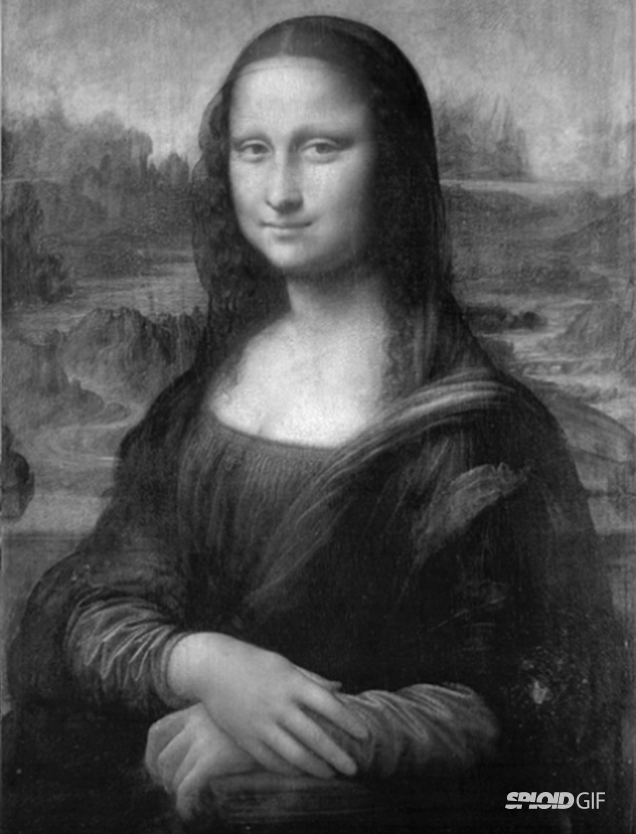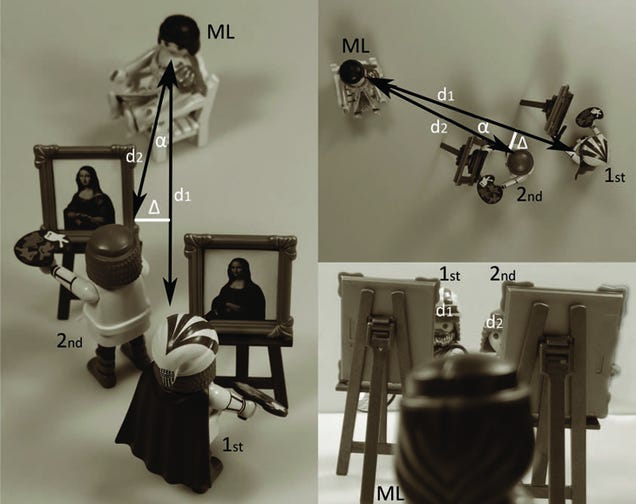
Claus-Christian Carbon and Vera Hesslinger, perception researchers at the Universities of Bamberg and Mainz are convinced that we have discovered the oldest 3D composition of the world. No other than the fascinating oil painting called Mona Lisa, Leonardo da Vinci portrayed at the beginning of the 16th century, is part of this-if it's true - sensational discovery. Have built up the chain of evidence that carbon and Hesslinger and now published in the scientific journal "Perception" does have its charm.
Louvre and the Prado Mona Lisa have arisen at the same time
It starts with the fact that in 2012 a special discovery was made in the Prado Museum in Madrid. There restorers had dark overpainting removed on the background of a hitherto regarded as insignificant copy of da Vinci's Mona Lisa, what an amazingly strong resemblance to the original is visible. Both paintings show the same young woman in front of the same mountainous landscape.
This discovery in itself is nothing special, because the production of student copies of da Vinci's studio became known from other images. However, in the case of the Mona Lisa and its copy, the researchers found that both images had to be developed simultaneously, as in the investigation of the deeper layers of paint were found in both images, the same corrections. This would also raise questions about the original and the copy, because if both pictures were taken at the same time and go together, you can not readily speak of original and copy.

Á
Reconstruction of the situation in Leonardo da Vinci's studio. Both painters were about three feet apart, slightly offset to the model
Source: Carbon, HesslingerThe stereoscopic vision enables spatial perception by the brain horizontally slightly different visual signals of both eyes offset - a principle which uses the technique for 3D television today. The portraits from the studio da Vinci, painted in the first decade of the 16th century, were in their combination, the first stereoscopic image of the world.
In their studies, the researchers reconstructed the spatial positioning between the model and the two painters in the studio. This resulted in the following scenario: The Painter of the Louvre picture was 3.1 meters from the model, the painter of the Prado picture stood three feet ahead, slightly offset so as not to obstruct the view.

Combination of the two images gives a strong spatial effect
"It's really amazing how perfectly the two versions are compatible. It is striking that the two paintings at this high compliance nevertheless have a small but systematic difference, namely a difference in perspective - this is unique, especially in this extremely high-quality details, "says psychologist Vera Hesslinger.
Claus-Christian Carbon, perception psychologist at the University of Bamberg, sums up: "We can show that this renaissance has stereoscopic pair of images, ie three-dimensional qualities. Whether Leonardo Mona Lisa has planned as a stereo image, we can not say with certainty. Considering his deep study of the laws of optics and human perception, but it is also not ruled out. "

Source sploid

0 commentaires:
Enregistrer un commentaire